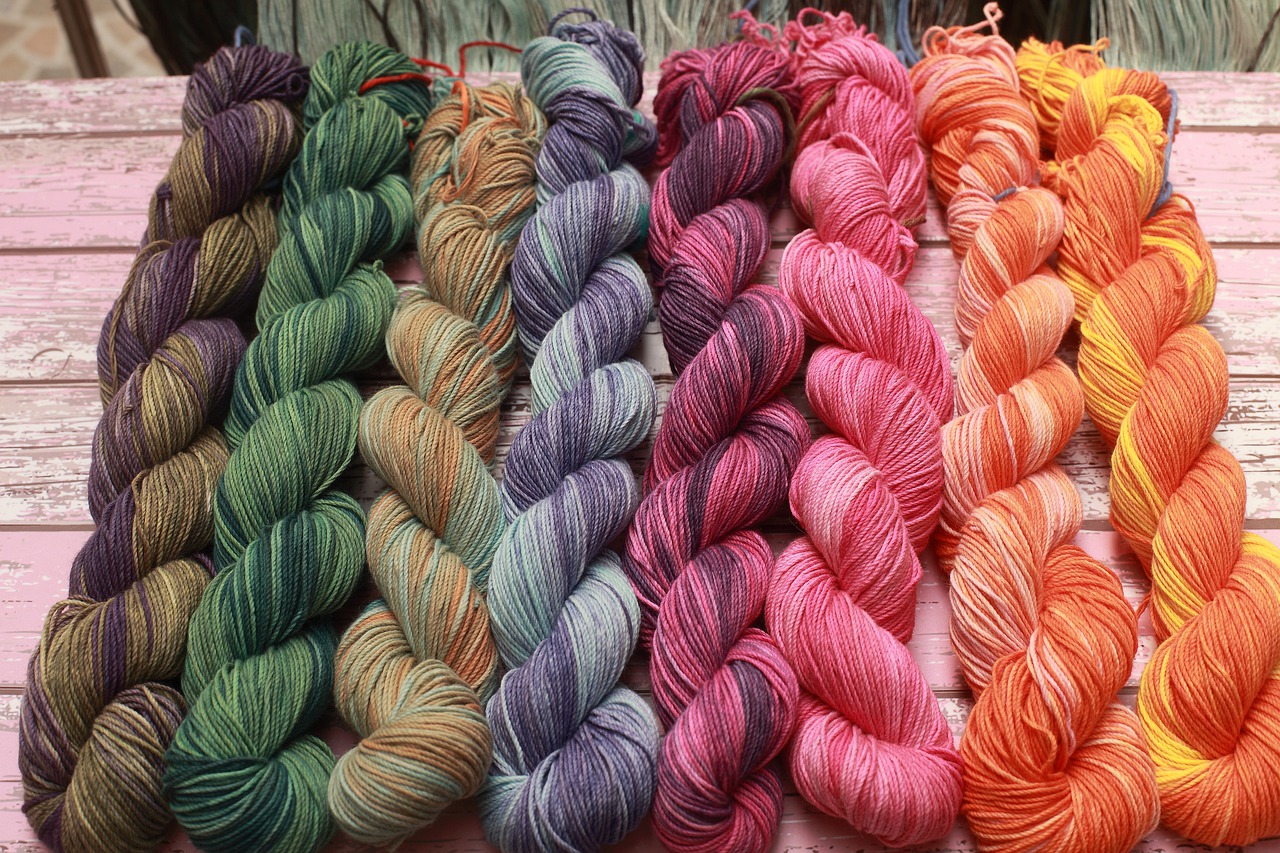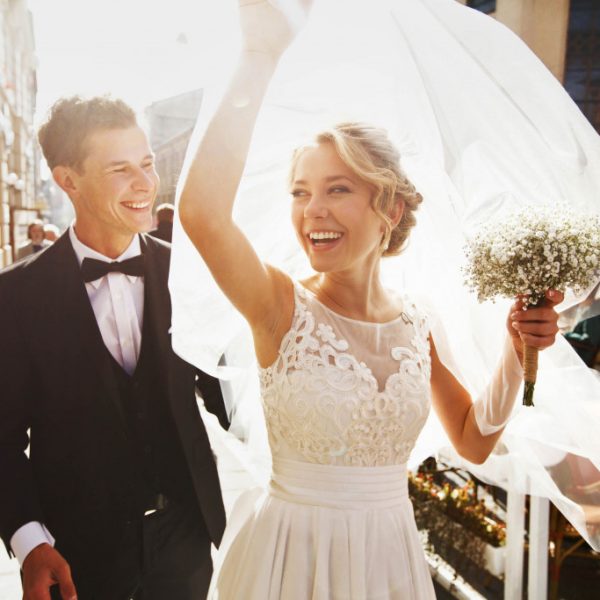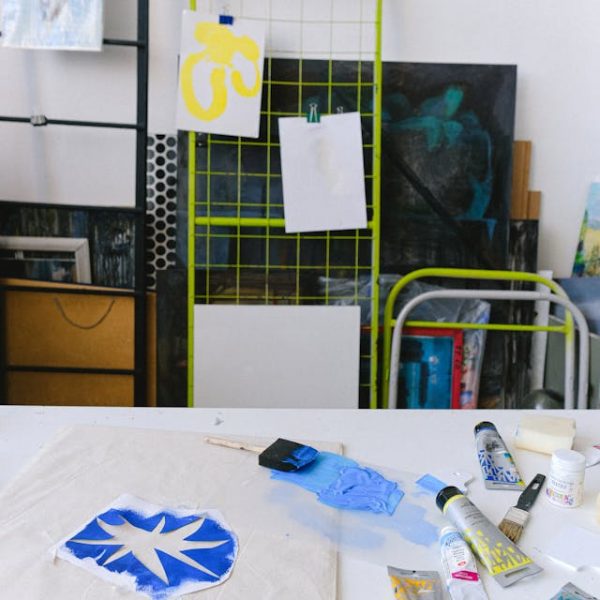Photography has been an ever-evolving medium. But it has never lost its luster, and it remains one of the most impactful forms of media used both commercially and personally by millions. A photo from 100 years ago can evoke emotions just as powerful today, and a single image can go viral in minutes. But why do some photos work so well with the public?
Think about why a photo of a perfectly glazed doughnut makes you want to head out and get yourself some, or the timeless appeal of the sailor kissing someone in celebration of surviving the war from 1945 in Time’s Square. Photography, when well-done, can be a powerful tool that lifts spirits and can affect change. That is what makes it so lucrative for brands to reach out to a good e-commerce product photographer, and why every couple these days is on the lookout for the perfect wedding one.
So, what makes feel-good photography so effective?
Through the Looking Glass
Humans are innately visual creatures, so there’s something to capturing a great snippet in time. Why do people take selfies, and why do campaigns have models smiling brightly and laughing for posed shots? Psychologists bring up the idea of “visual personality display,” where the viewers’ emotions are determined by the feelings of those present in the photo. Specific cues transmit to our brains and automatically make us feel second-hand feelings from what we perceive those in the image feel.
A smile can often elicit a smile, just as negative emotions can draw out the same feelings. From an image, we can soak up captured feelings like a sponge.

In Living Color
The colors used also have a big impact on our mood, which is why brands and artists alike are particular with the hues, color palettes, and saturation that they use. Colors have powerful signals for our minds, which is why “color psychology” is something significantly studied over time. Specific colors even manifest very particular reactions in our body, like how brighter colors can stimulate higher blood pressures, and cool tones can release relaxing chemicals in our brain. Even something as subtle as a background color can have a major impact on how someone will respond to an image.
Colors also have commercial significance in how consumers perceive them. White is always clean; black is premium. Brighter color schemes draw in attention from younger people, and so on.
‘Photo’ Synthesis
The most impactful thing about photography that makes people feel good these days is food. It feeds the soul and makes us want to feed ourselves. See how social media still sees posts about what someone ate at a restaurant, or how quarantine has brought out hundreds of baking photos from people at home, and how to this day, a good food ad can get people to order online just like that. Taking pictures of our food has become almost tradition at the table because of our desire to capture the moment and share something we all love to others.
Even as virtual reality and videos start taking the lead, photos still have that magical way of making someone happy, just because it’s a quick snap of the best things in our world.




